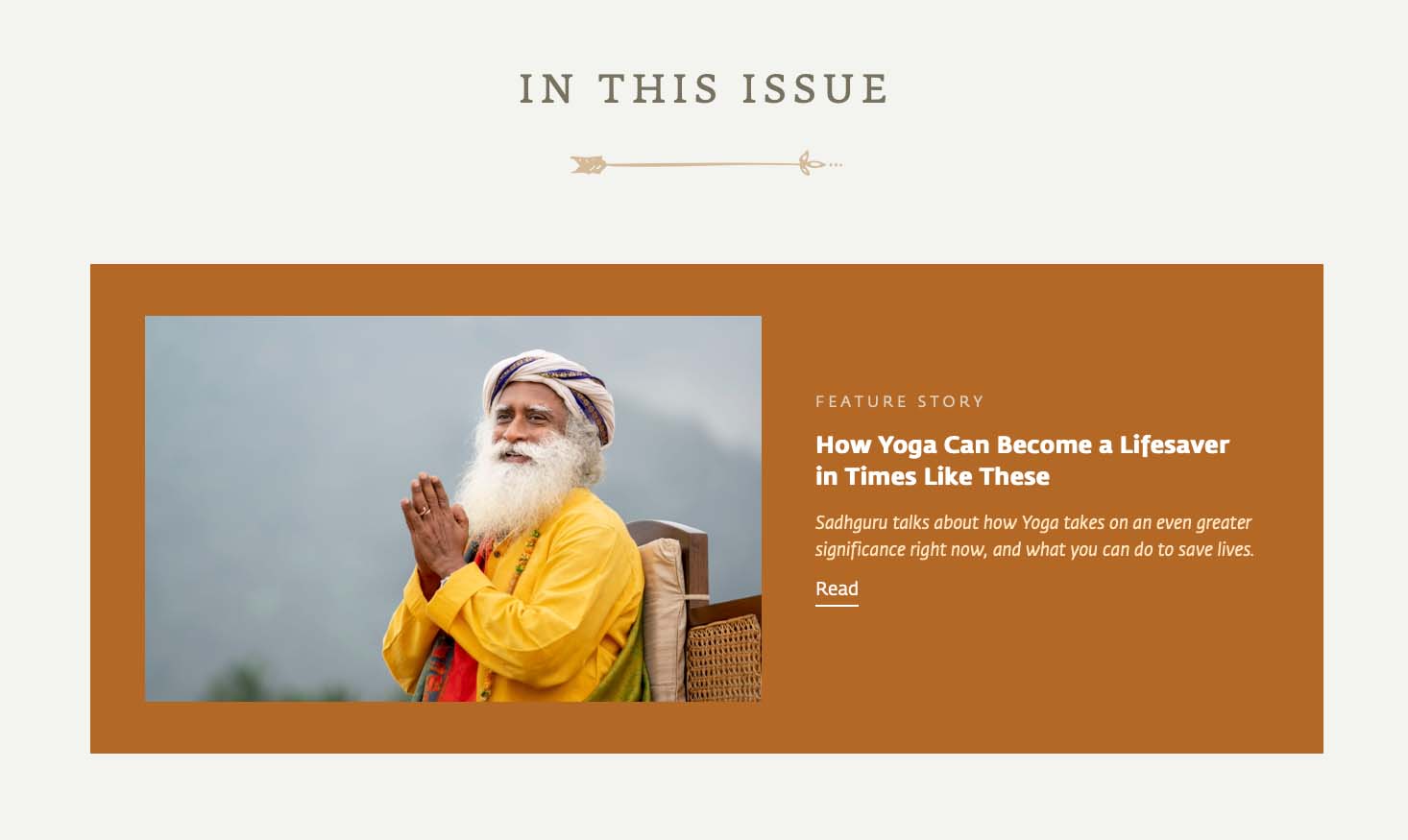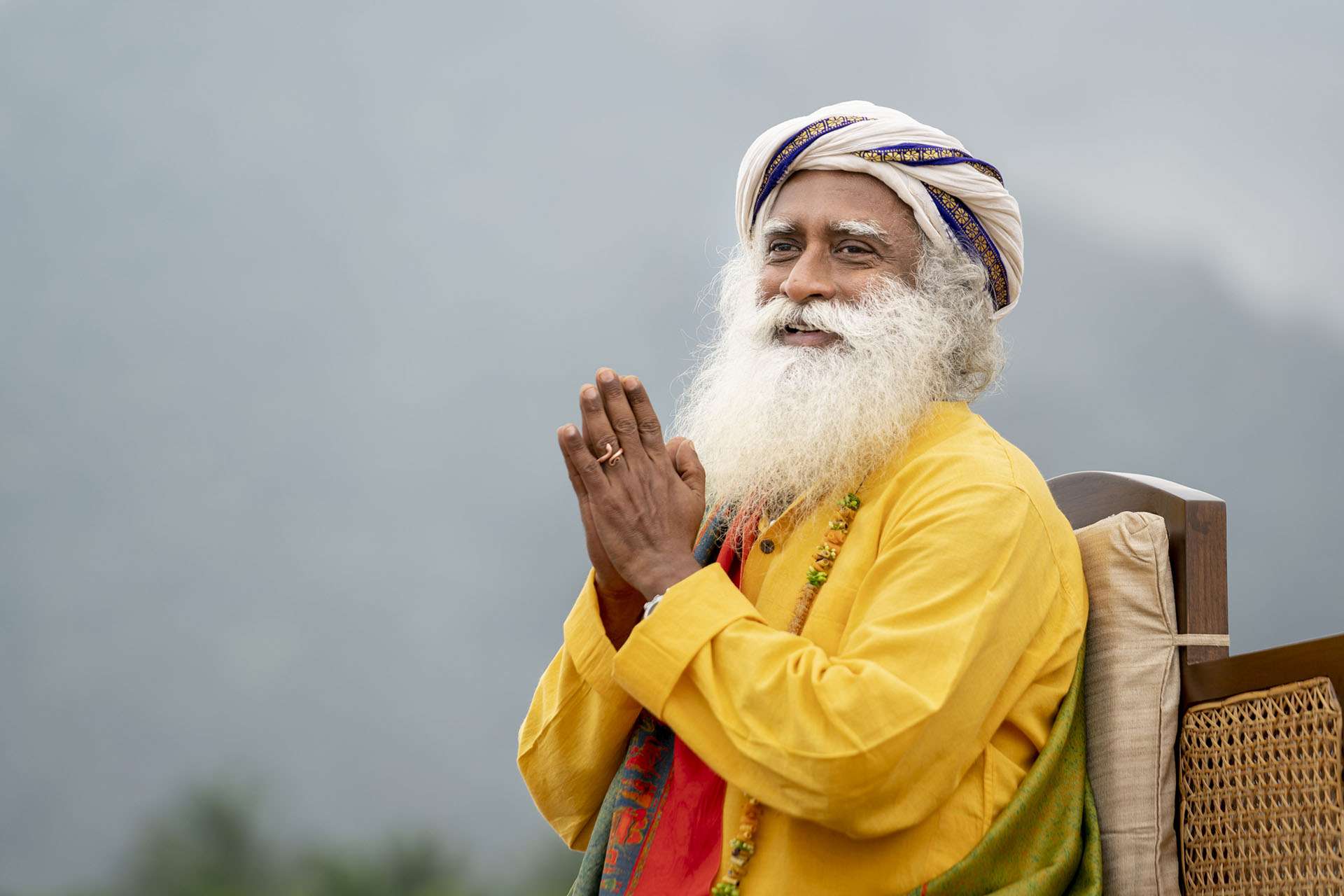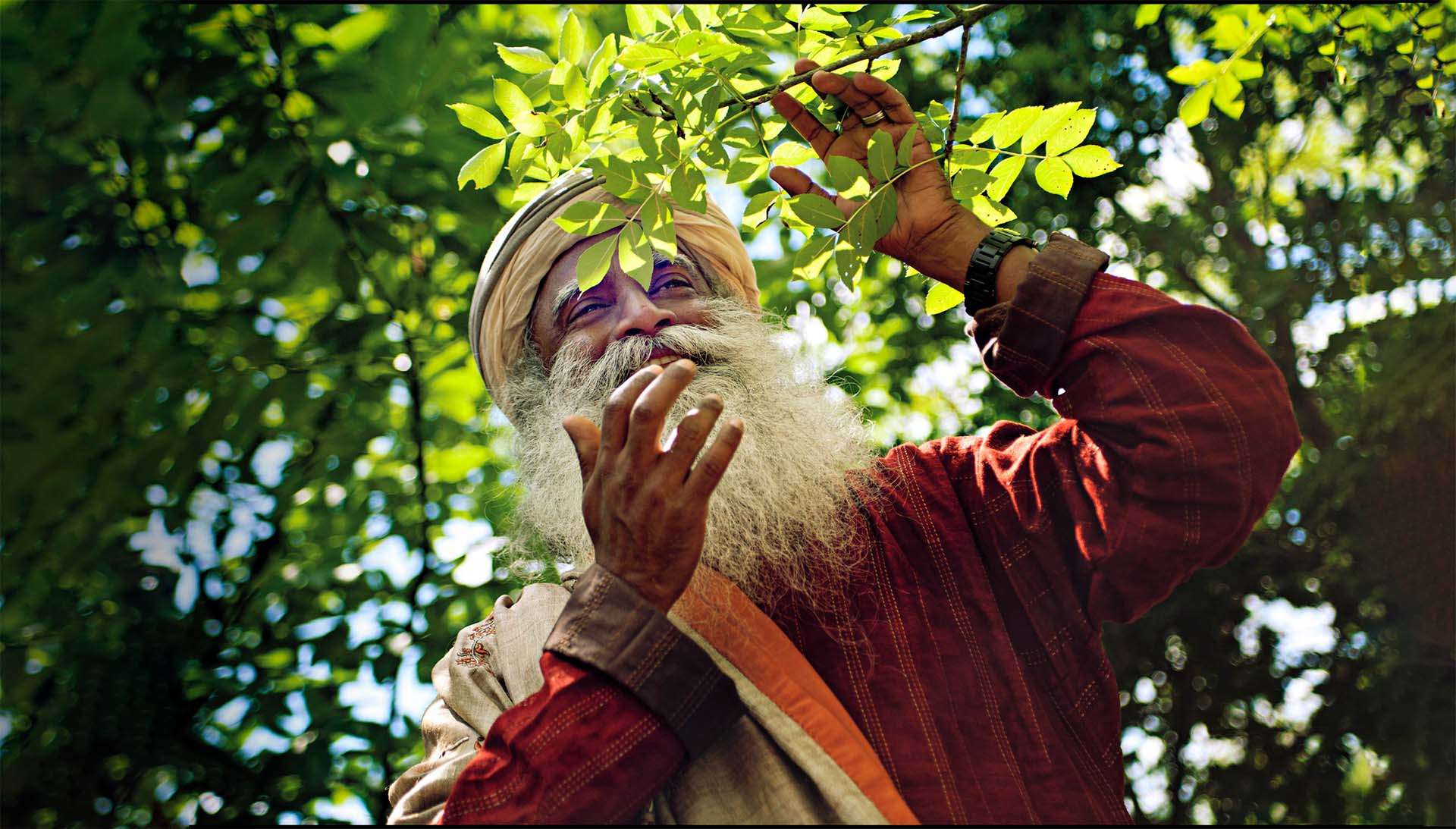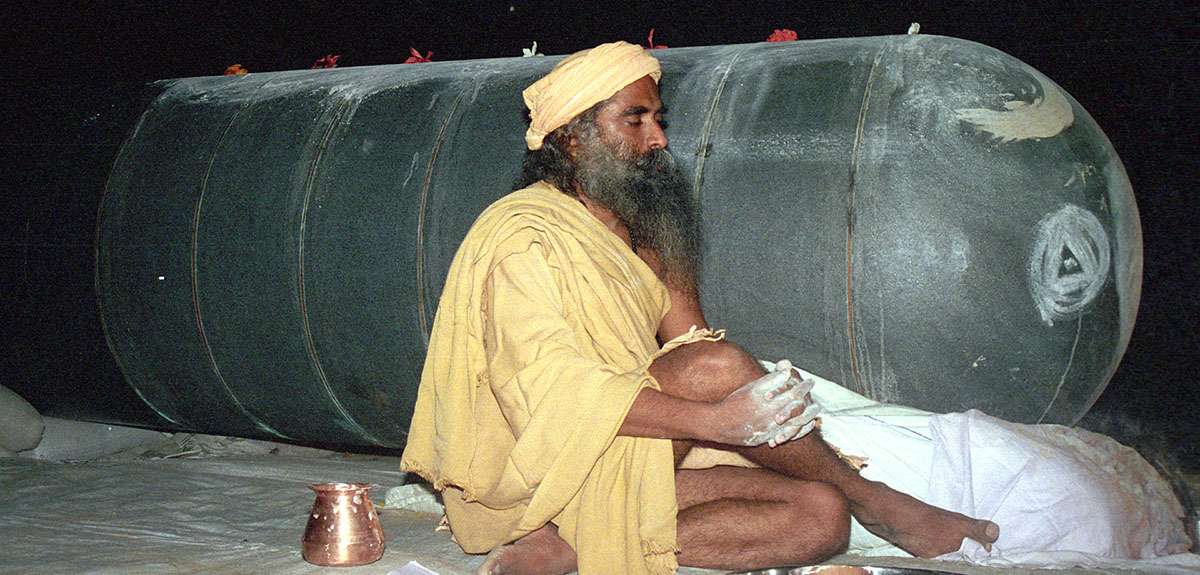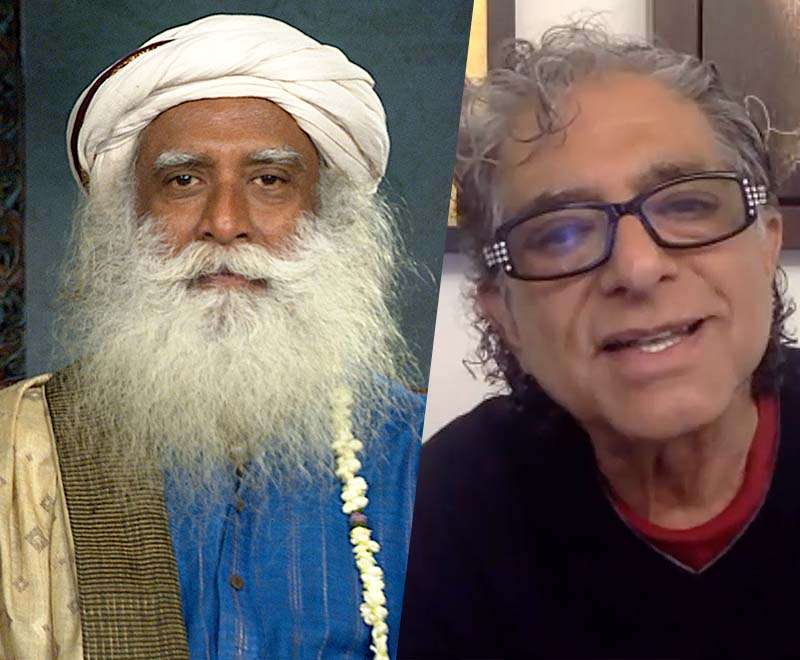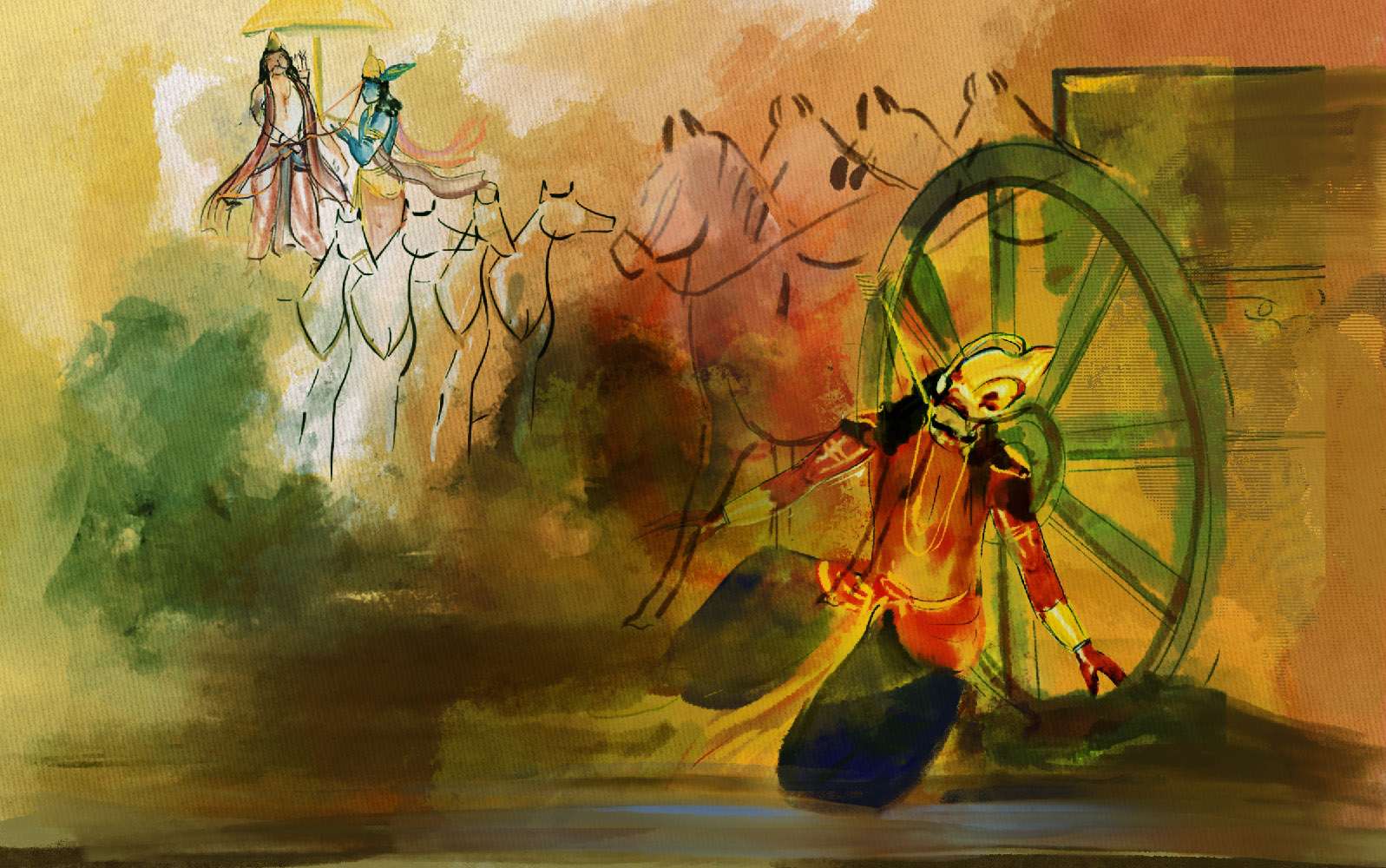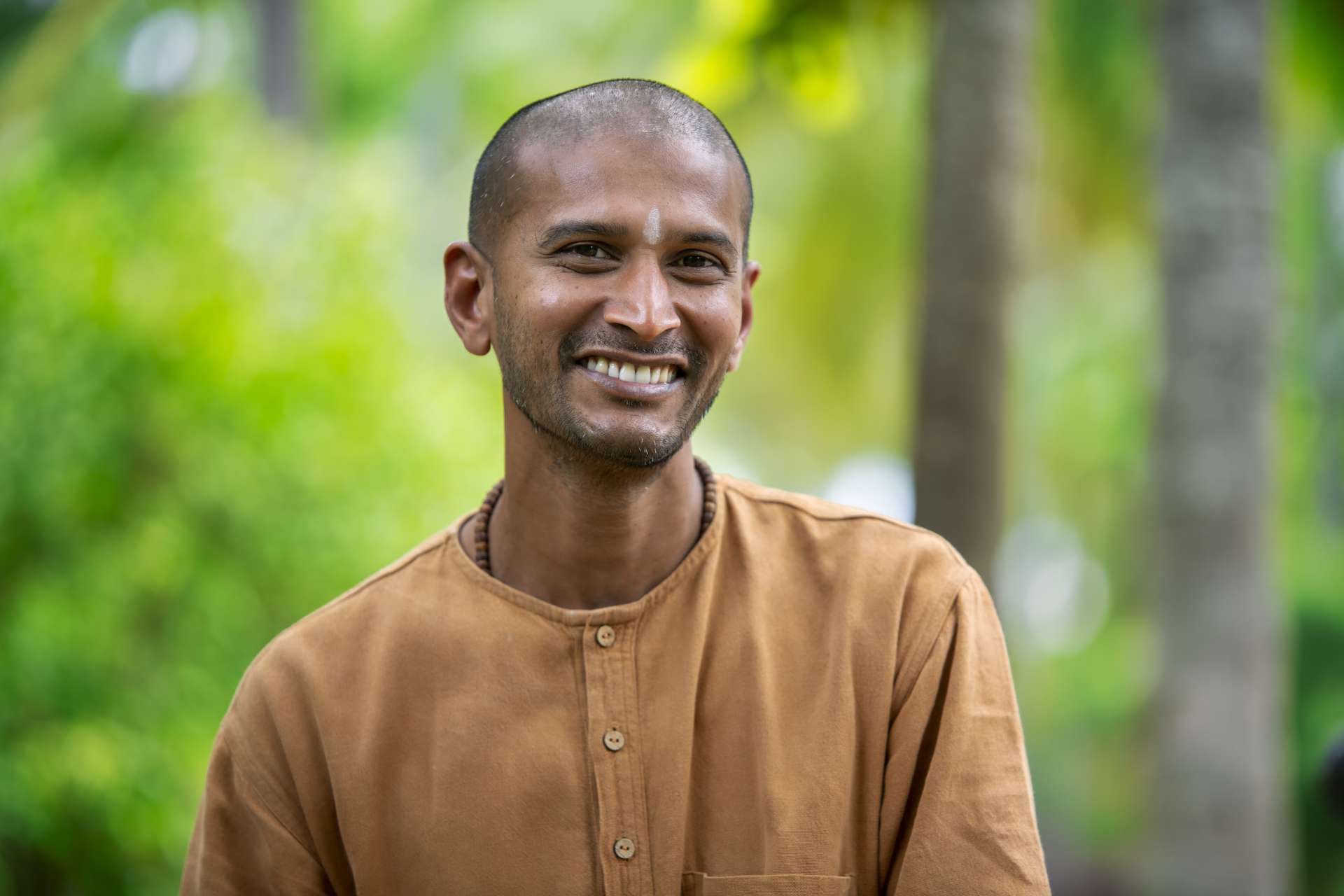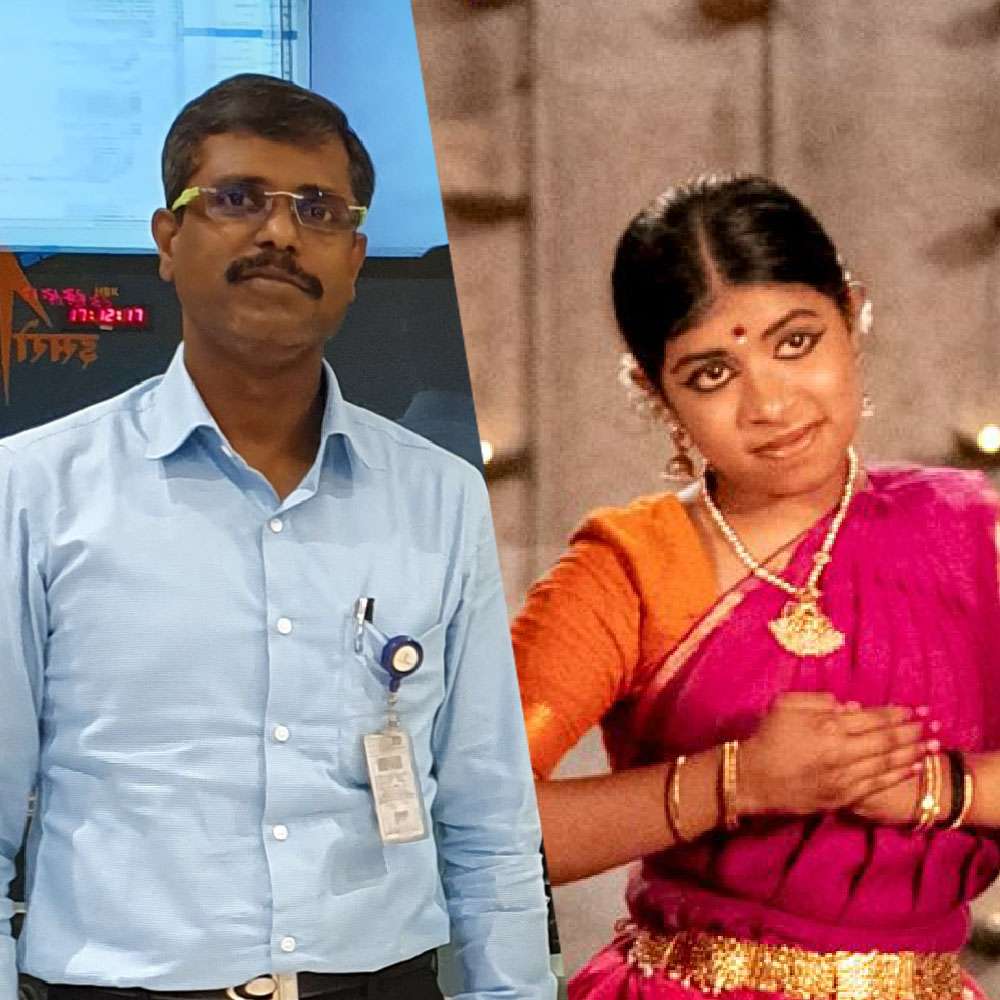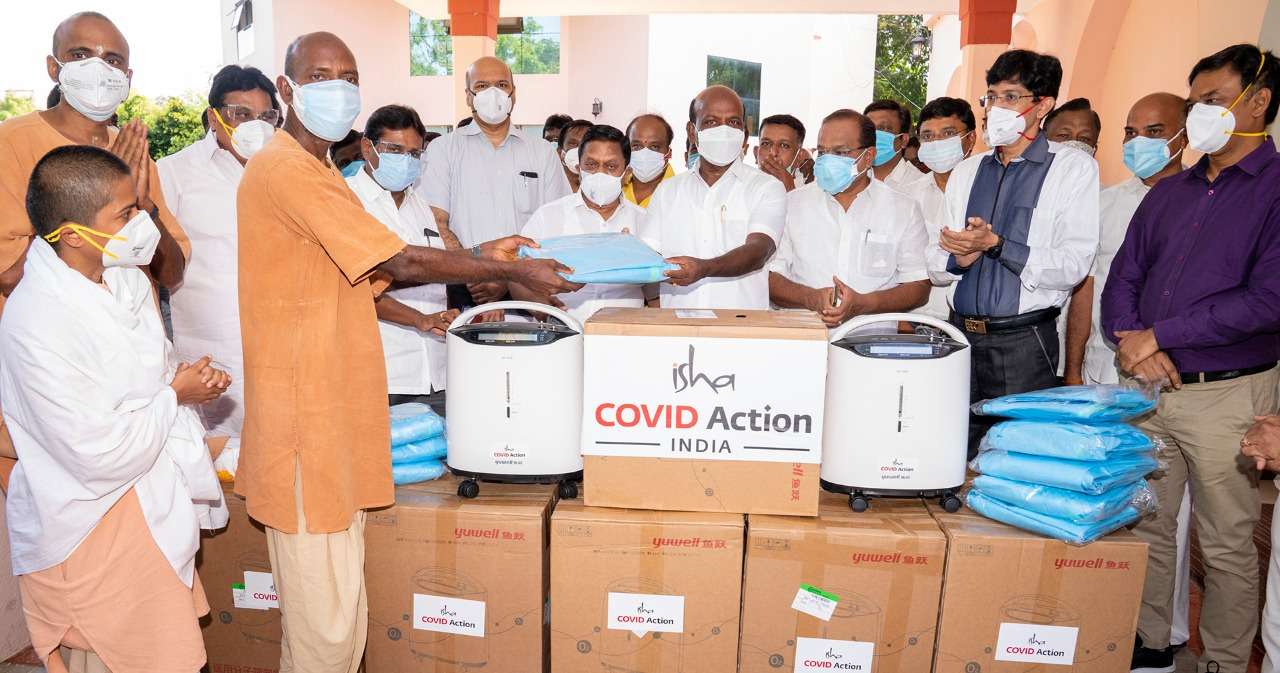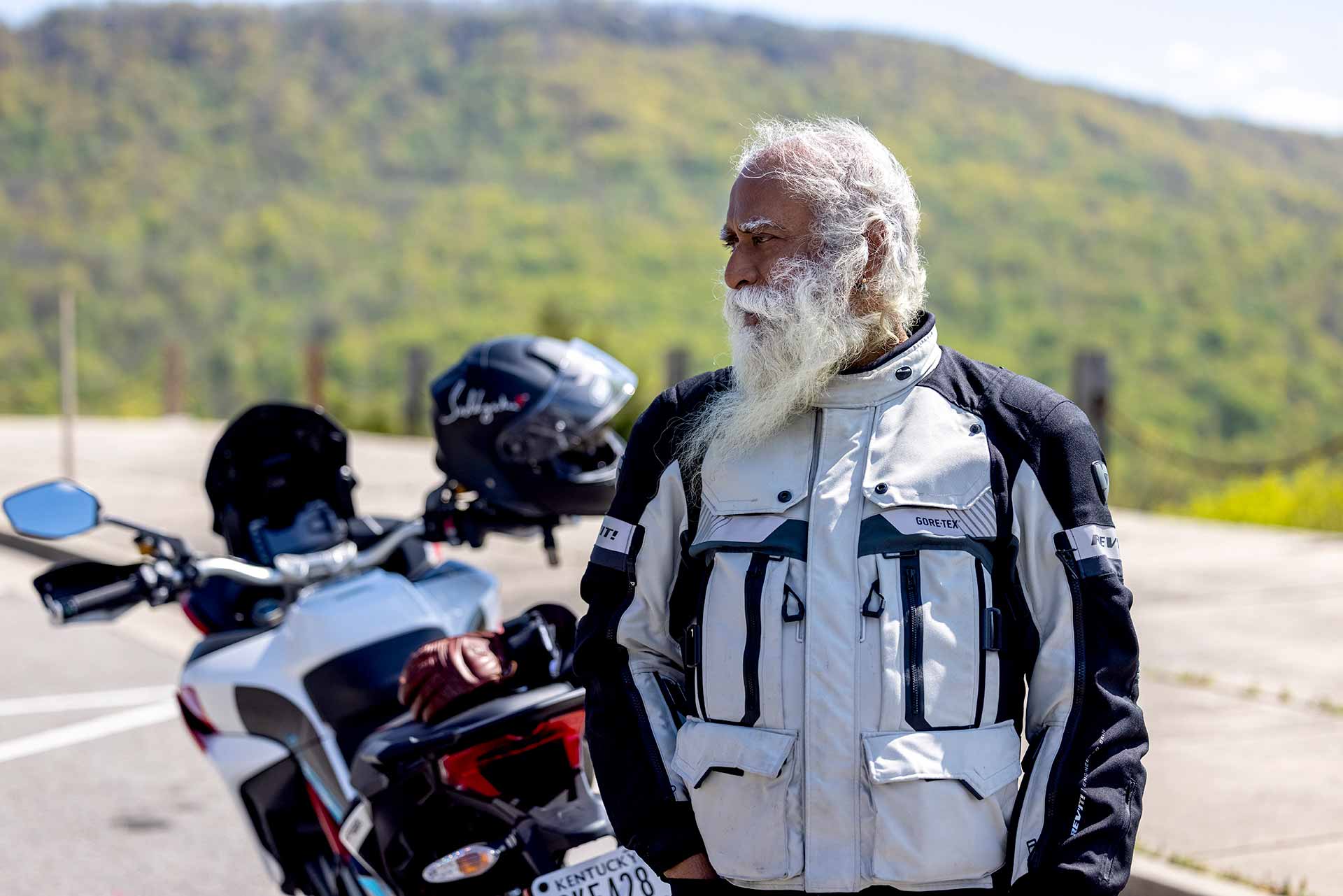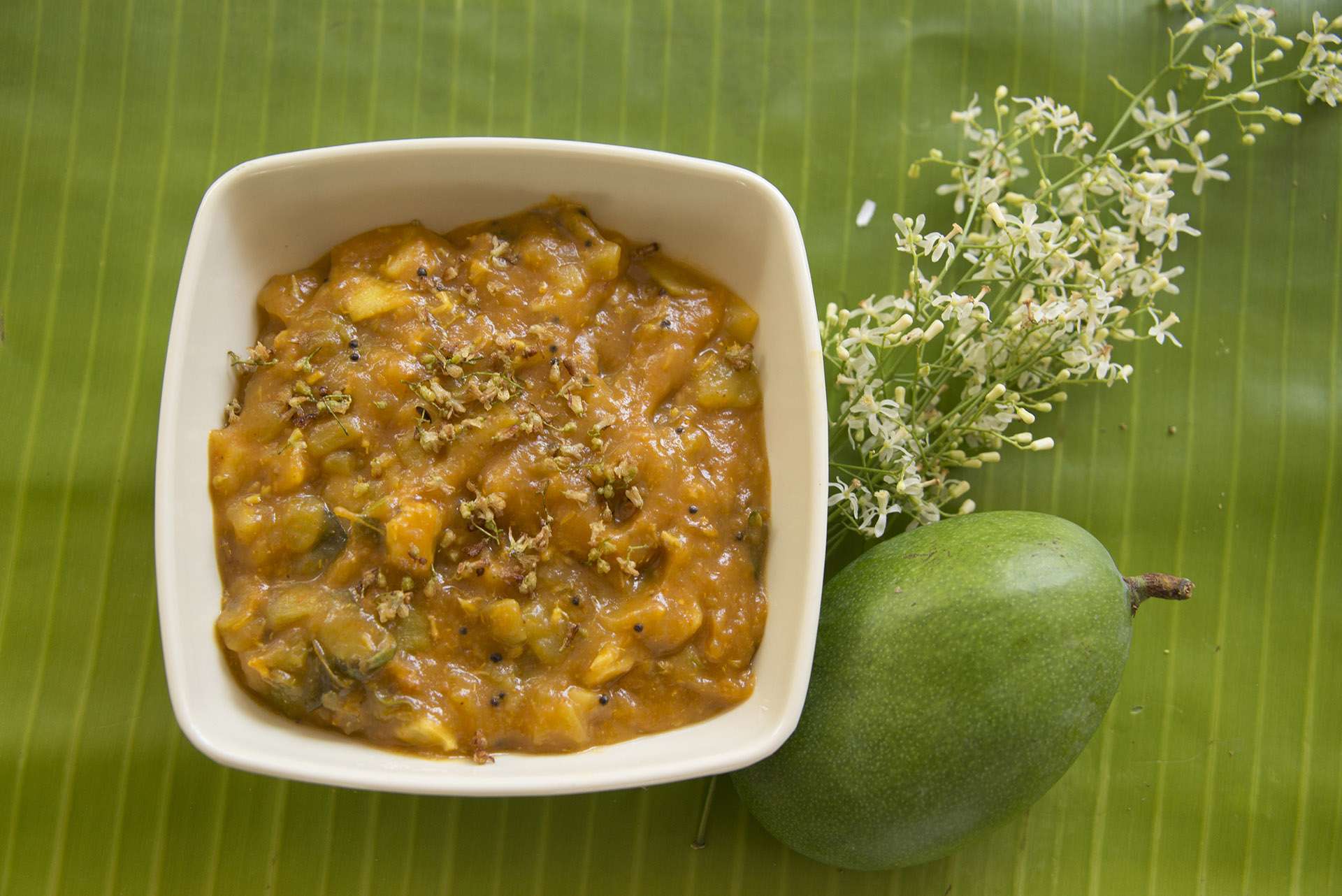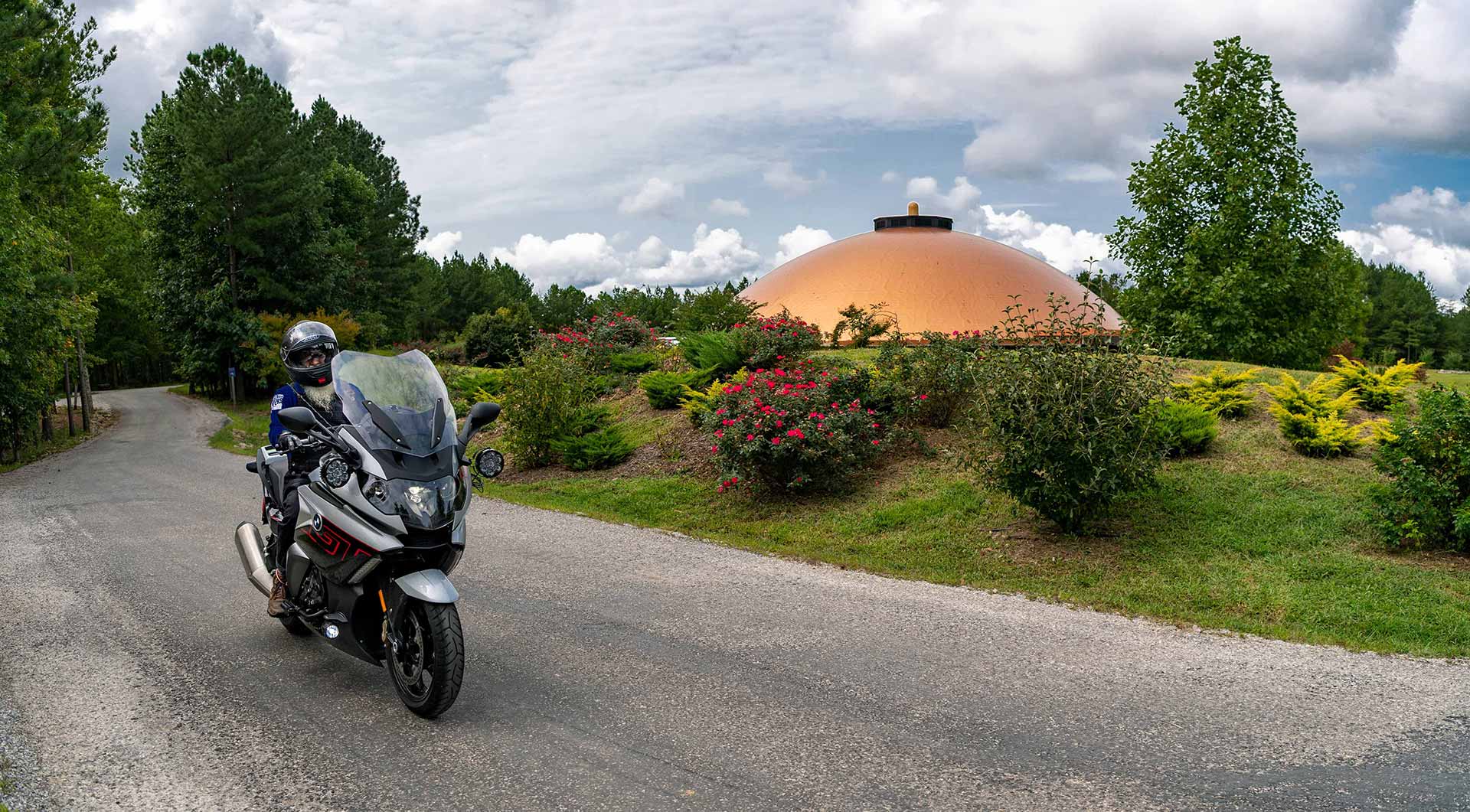In this series, Isha brahmacharis and sanyasis share their individual background, observations, and experiences of what it means for them to walk this sacred “Path of the Divine.”
When I was 6 years of age, I would escape from school, go to an abandoned graveyard close by, and sit under a tree, just to look at nature and the ruins. After being caught a few times, my father took me out of that school and put me in another school nearby, under the care of a teacher who was known to the family. I underwent schooling under his close monitoring, but I often used to wonder why I had to do this. I just couldn’t align myself with the strictness and the abusiveness of convent schools at that time. Unable to escape the system, I became rebellious and sometimes resorted to aggression. By the time I was in 6th standard, I started to get severe attacks of migraine also – something which continued throughout my academic life.
Because of my unruly behavior, I was asked to leave the school in 9th standard. My father insisted that I continue my studies on my own. Since I had the freedom to learn at my own pace now and it didn’t seem like an imposition, I sat for the state board examinations as a private student and cleared it with good scores. I then rejoined school in the 11th standard, where I chose history as my subject. This time, there was less struggle within me, but still, education never held my interest.
On the outside, I was a happy person, but a vacuum was growing within me as the years were passing by. However, there were also times when I tasted life in an exuberant way – it left me with experiences that I couldn’t understand. One such phase of my life was when I joined the National Service Scheme (NSS). The sheer intensity of training, and the purposeful existence it offered, captivated me immensely. Sometimes during the NSS camps, at the end of the day, while eating, I would find tears simply flowing from my eyes.
After completing my graduation, I was neither interested in further studies nor in taking up any work.
Seeing Jesus in Everyone
Once a cousin of mine asked me to take an Isha Yoga class. Though I had agreed reluctantly, the class had a profound effect on me. I would say it was a turning point in my life. I remember asking the teacher after the class if I could go with them, wherever they were going next. “You do your practice regularly, and then we’ll see,” the teacher replied gently. I did my kriya regularly, and it made me ecstatic. I found that life felt so much duller if I skipped it even for a day.
Later, I came to the ashram to do the Bhava Spandana program. I felt so high in the class that at times, it became difficult to handle me – I was just ecstatic. I saw Jesus in Sadhguru and in everyone. On the closing day, I shared before the class and to Sadhguru about my experience of Jesus during the program.
On the Road to Happiness
The sadhana continued, and my desire to come and stay in the ashram was growing by the minute. Since I am from a Christian background, I knew it would be difficult for my parents to allow me to come and stay here. Though my father is very open minded, he didn’t appreciate the idea of me moving to an ashram. My mother was somewhat fine with it. With some struggle and tact, I managed to come to the ashram full-time in September 2003. My joy knew no bounds. For the first time in my life, I saw a road to happiness ahead.
One time, I was handling the small stall we used to have in the ashram, just outside the Dhyanalinga. We used to sell 5–6 items, like vegetable puff and carrot cake (you can still find these today at the Peppervine Eatery), toothbrushes, toothpaste, and toilet paper rolls – for people’s convenience. Standing there, I would watch Swami Abhipada tirelessly receiving the visitors. I remember, on my first Mahashivratri, I saw him standing and greeting them through the night and until I closed the stall at around noon the day after Mahashivratri. When I came back after a few hours of napping, he was still there. It was so inspiring.
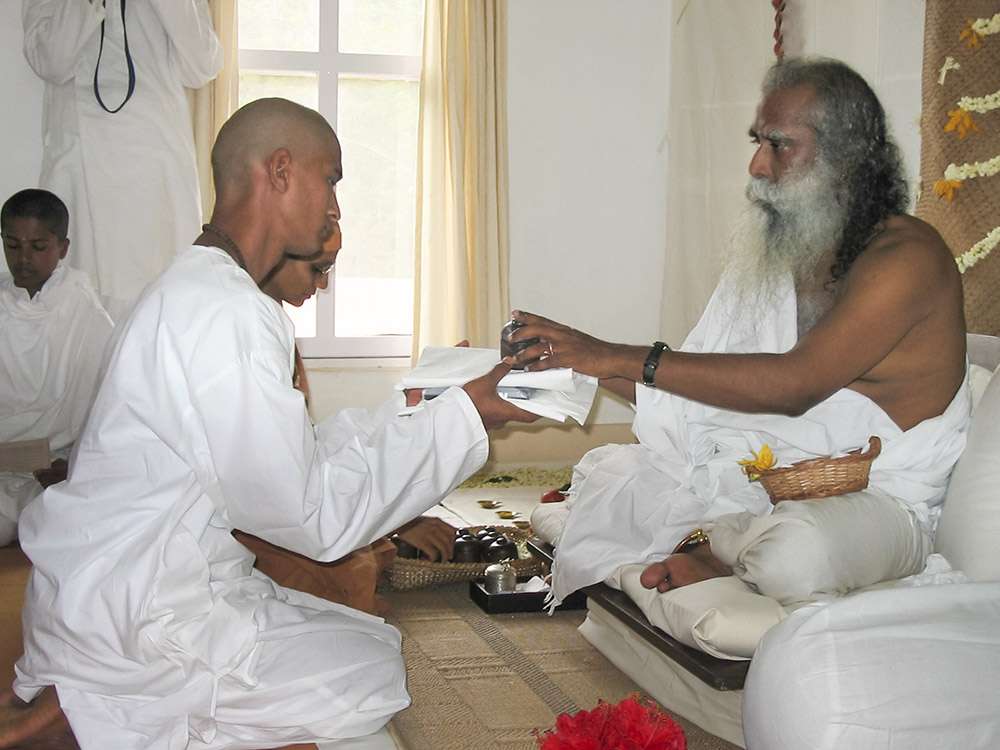
The Heady Intensity of Brahmacharya
The next Mahashivratri, I was initiated into brahmacharya. My parents also came to see me after the initiation. Brahmacharya initiation shifted something fundamental within me. Actually, one thing that I couldn’t handle after starting Yoga was sitting cross-legged. All my life, I hadn’t sat on the floor. After coming to the ashram, it was very painful for me to sit cross-legged for even more than 20 minutes. I somehow sat with a lot of pain for the seven days of Samyama and was never inclined to sit long hours after that.
When I came to know that as a part of the pre-initiation sadhana, I would need to sit cross-legged for many days, I wasn’t sure if I wanted to do this. But not seeing any other choice, I went with it. I sat and sat and sat. After a day or two, I lost track of time, and in many ways, of space also. At some point in the night, I got up. My knees had tightened, and I had to drag myself to the toilet. I fell down there – not out of tiredness or fainting, but because I was not able to bear the intensity of my experience. It lasted for a few minutes. Then I brushed away the experience and continued my sadhana. The next day was our initiation.
In the morning, we went to a place near a stream. I saw Sadhguru’s feet coming towards us. One by one, we went near him for a certain process. When my turn came, I sat in front of him, and a huge sense of devotion arose within me. Overwhelmed, I touched his feet for the first time in my life. Never before in my life had I even bowed down to anything. When my father took me to church for my baptism, I refused to bow down to the priest, even at that young age. Consequently, my father had to find another church for my baptism. So, bowing down now was very strange for me. But an even stranger transformation was yet to come.

When 'Shiva' Burst Forth
During the initiation, we were all in a small room with Sadhguru. I had severe pain in my legs and aches all over my body. Once again, we were called in turns to go to Him for our initiation. After Sadhguru finished the initiation process, and I came back to sit in my place, without knowing why, I screamed “Shiva!” The next thing I knew, my entire being was reverberating with the sound “Shiva.” I had not allowed myself to even utter this word till then, though I had been in the ashram for so long and had spent the last few days in intense brahmacharya sadhana for the initiation process.
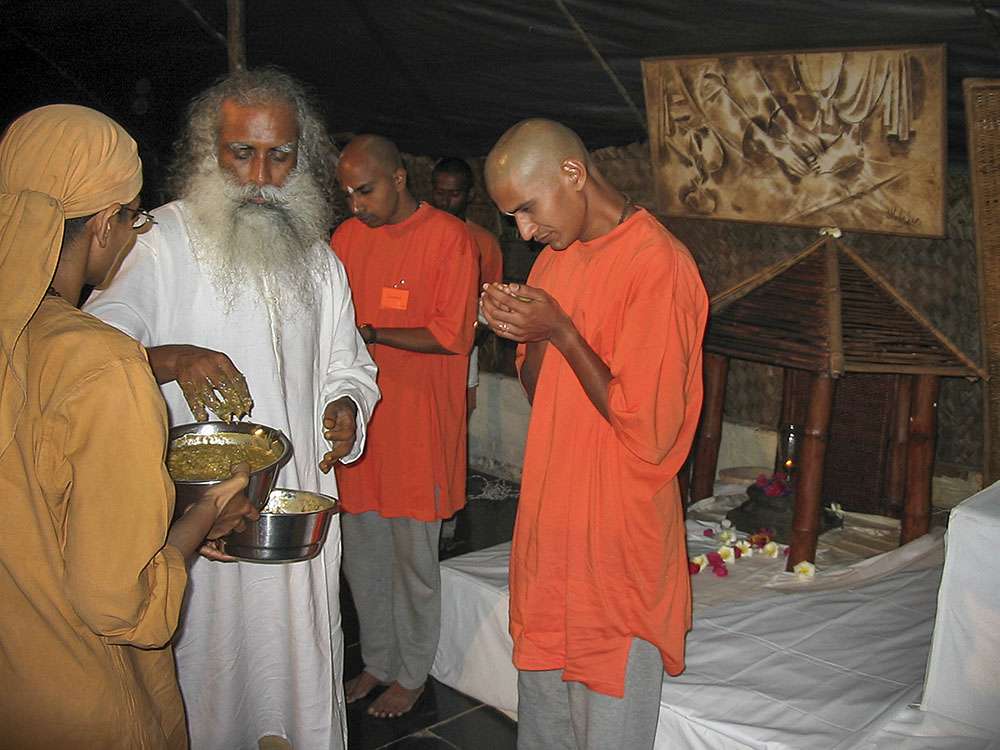
For me, Sadhguru was Jesus, and I always related to him in that context. But now here I was – every bone in my body was soaked in ecstasy, and each cell was screaming “Shiva! Shiva!” The experience was so beautiful that I didn’t try to logically analyze it. I didn’t remember if I had the pain anymore or not – nothing mattered. For the next six months, I was in some other world – the “Shiva” chant was on all the time, and I was filled with bliss, one could say, of the Divine. I was so much into it that I was incapable of activity. Slowly, it settled down, and my journey in the kitchen started.
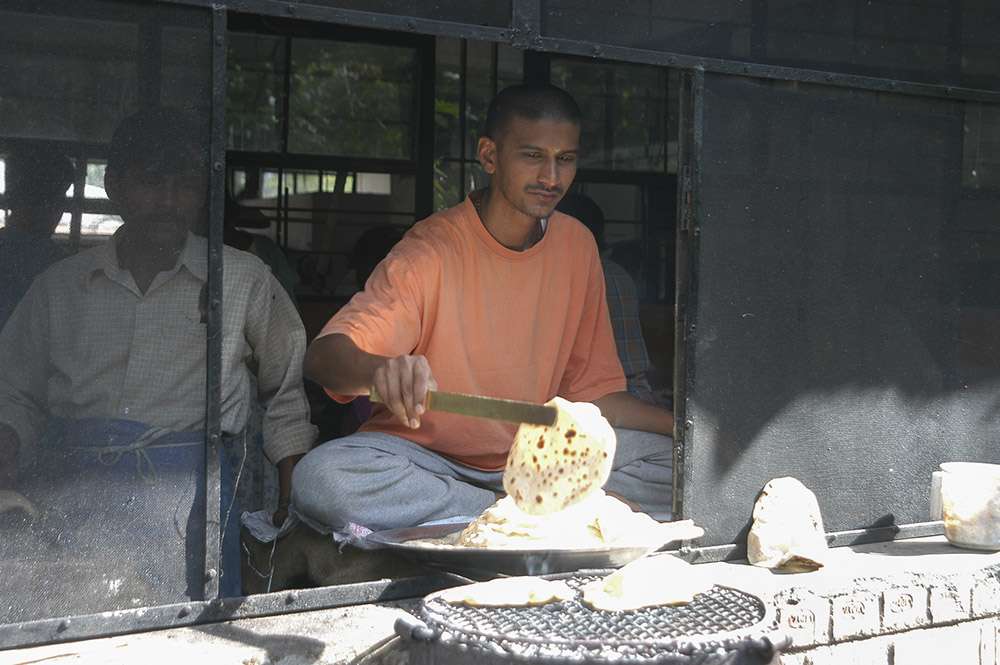
Salads and Soups
I was part of the kitchen activity for nearly three years, initially. I began with making salads and special diets for the patients under the guidance of Swami Vibodha. Being engaged in kitchen activity is exhaustingly fulfilling. After some months of being in this activity, it felt like a world of its own. On many days, once I entered the kitchen after morning sadhana, I would not even step out until late in the night. The most surprising part of this activity was that people appreciated the salads and soups that I concocted, including Sadhguru.
I hadn’t even entered a kitchen before coming here. My closest experience to cooking was my critical sense of taste. At home, whenever I felt the food was not up to the mark, not only would I share my displeasure with my mother, I would also spell out what exactly was wrong with it – this particular spice may be missing, the dough may not be well made – I could pin down the problem for her. She always wondered from where I got this penetrative understanding of cooking, without knowing the ABC of it. I also have no clue. This was not only about cooking – since childhood, I developed a habit of trying to understand and fix the root of problems. This one practice has been of tremendous value to me in whatever I do in the ashram.
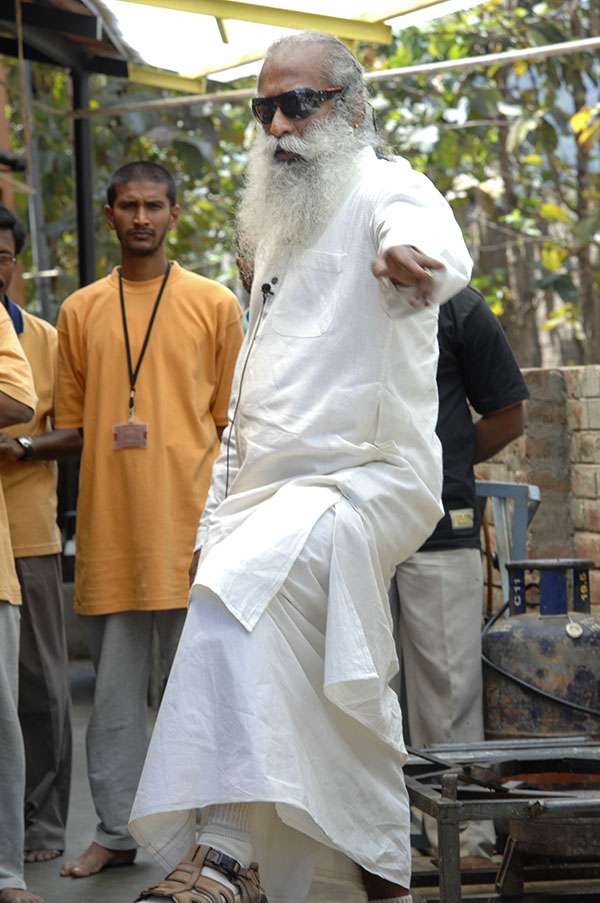
Coming back to kitchen activity: I was really open-minded and truly enjoyed cooking in the first six months of starting this activity. Then I slowly started becoming rigid and critical of many things. I used to point out many things that I thought Swami Vibodha could do better – for example reducing the food wastage. It was only when I was made in-charge of the kitchen activities that I truly understood what it took to run the Isha Kitchen. I realized how tough a decision it was to estimate how many people to cook for.
At that time, we didn’t have as many systems in place as we do now, and the ashram was continuously growing. It was difficult to accurately estimate the number of people eating a meal in the ashram at any given time. Since it was of highest importance to Swami Vibodha that no one goes hungry, sometimes, he would end up cooking much larger quantities than what was actually consumed. At the time, I used to go wild seeing this much wastage. Only later, I realized there is no perfect way to run the kitchen.
At any time, we would have a minimum 3–4 different menus to prepare, thousands of people of varied palates to satisfy, and have to work with inexperienced cooks and helpers (like me), to finish cooking for such a large number of people in max. 2–3 hours. And everybody has an opinion about it – anyone who eats can comment on what is offered in the dining. This is the nature of this activity.
Sometimes, I would get overwhelmed with the demands of this activity, and resist yielding to the specific and unusual food requirements of different programs or initiatives. For example, for the closing day “moonlight dinner” of one of the programs, the coordinator requested us to serve hot dosa fresh off the tava for everyone. I thought that was a crazy idea, but Swami Vibodha never saw anything as impossible. We devised a way of installing the stove in the Spanda Hall so that everyone could enjoy a hot dosa.
Though on one level, it was an exhilarating experience, on the other hand, kitchen activity was very taxing. Sometimes, I would feel very low and stressed. During those days, Swami Vibhu would come and check on me. Besides him, there are so many brahmacharis who have supported me on the way. Even now, if I feel a bit entangled in something or need some guidance, I just go to another brahmachari in the Sangha, and I have a willing heart and ears.
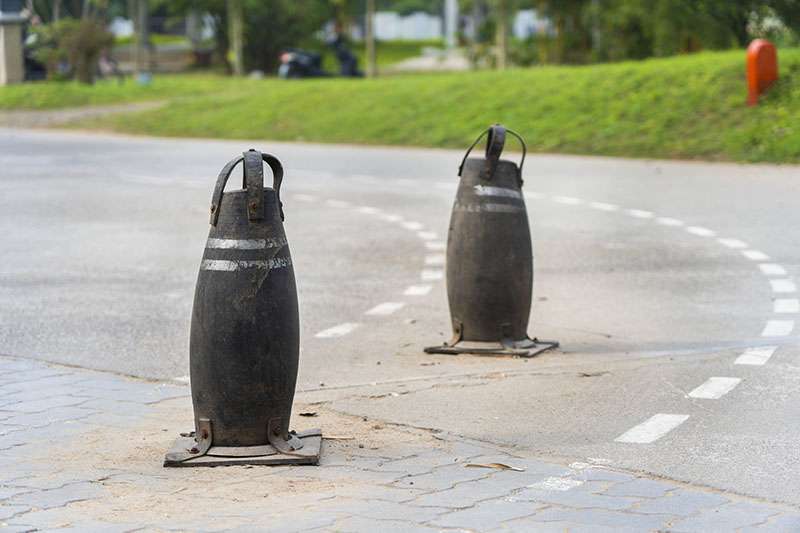
Scrap Craft
After three years of being in the kitchen, I was moved to maintenance activity. Just seeing sunlight again through the whole day was such a joy. Maintenance work is such that one day, you may not have time to even eat, and on another day, you may have nothing to do after the routine morning activities. The maintenance department is also responsible for waste disposal. This got me interested in seeing how we could make use of the waste material. Once we made a fence around the “Electricity Room” out of some waste bamboos.
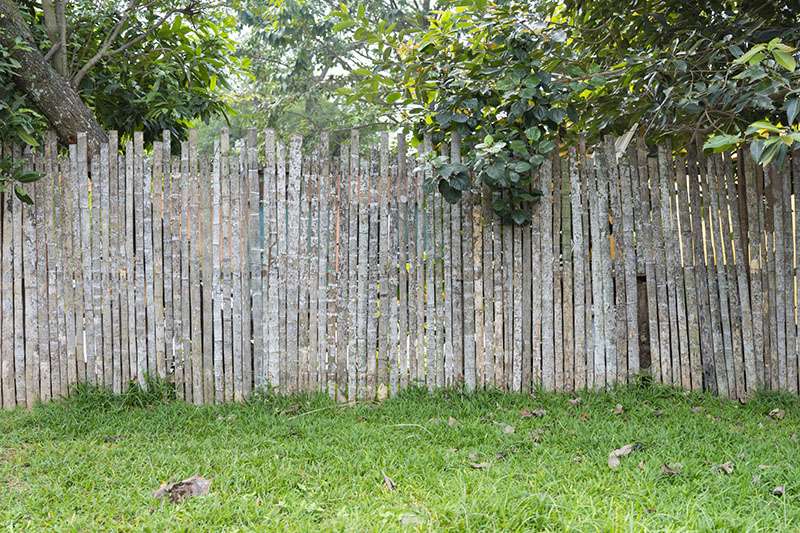
This caught the eye of Bharathi akka, who was the Group Coordinator for aesthetics. She then started to regularly engage me in creating aesthetic elements in the ashram. Just like cooking, I had no experience of doing such things, and it was such a joy to constantly apply myself and come up with something novel.
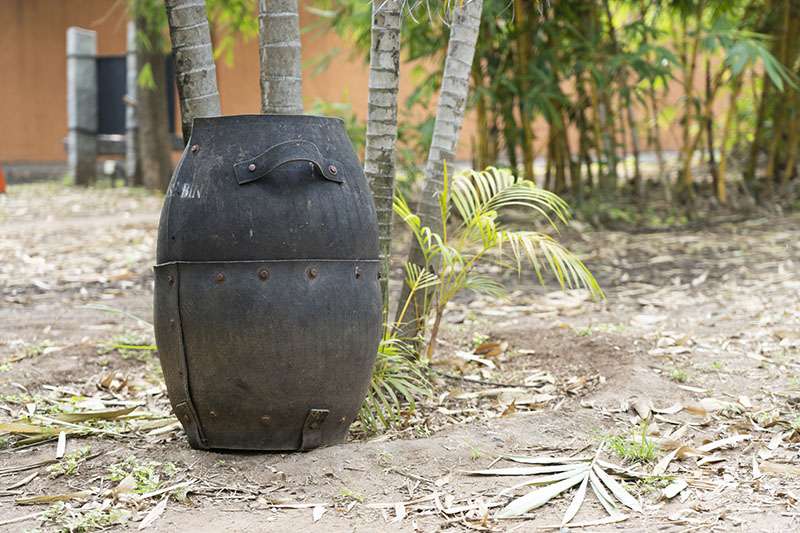
One time, akka asked us to do something to make the dustbins in the ashram look aesthetically subtle. The top of the line international styles of dustbins were very expensive, and cheaper options didn’t go well with the subtle ambiance of the ashram. So, I went out looking for something that would fit the bill. In one place, I found a big tub made of waste tires that were used as feeding bowls for the cows. It intrigued me a bit, and I went to the factory where those are produced. I inquired if they could make them into a short drum shape. They were very reluctant initially, but later they agreed to try it.
So now we have quite cheap, reusable dust bins that are not flashy and can be hygienically cleaned with water. Later on, we got the road dividers also made from that factory. Sadhguru really appreciated those road dividers, as he didn’t want the loud yellow or orange colored stands.
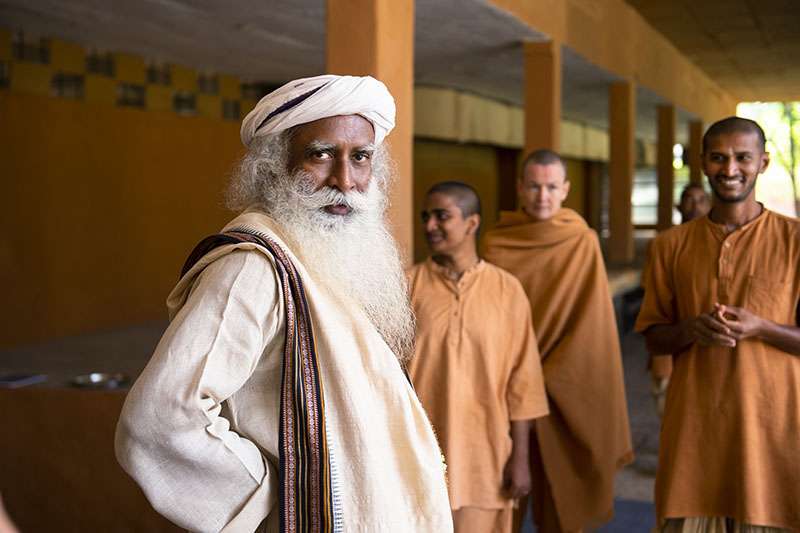
Dhyanalinga – His Heart
After the maintenance activity, a few years ago, I had the opportunity to serve Dhyanalinga. When I had just moved to the Dhyanalinga department, Sadhguru took a tour of the whole premises with the entire team. When he asked for the department lead, I went up to him. “It is our heart, Swami – take care of it,” he said with hands folded to us. I stood there overwhelmed. After that, the team tried to fix many things that Sadhguru wanted us to, for the convenience of the visitors. Knowing that for Sadhguru, ashram aesthetics are equally important as ashram expenses, I would spend many days thinking through the solutions. I put a table outside the Suryakund to watch the movements of devotees and observe what problems they were facing.
Slowly, we started building many things, so visitors would not need to walk on a hot surface and would feel safe about leaving their valuables at the counter. We also made sure there were enough signs, water outlets, information points, etc. Among other things, I feel very inspired that we replaced the rope barriers, which Sadhguru didn’t want, with a subtle bamboo fence to direct the visitors’ movement.
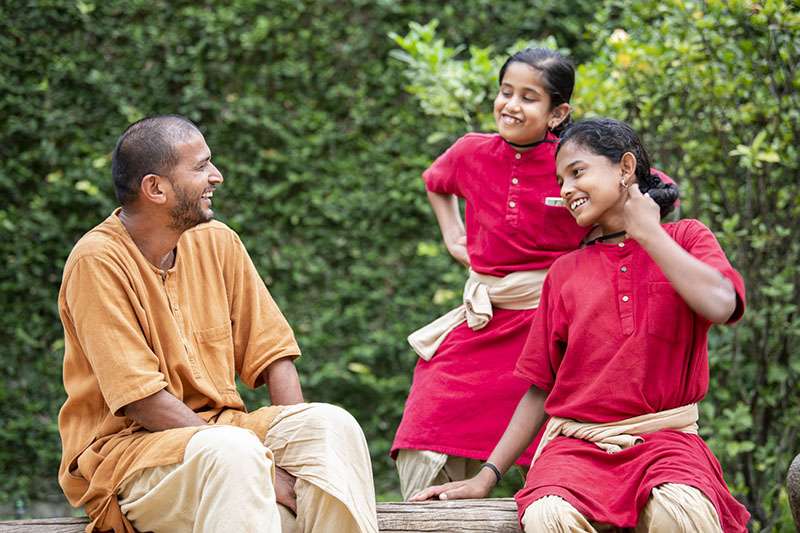
Full Circle
Recently, I was asked to Join the Isha Samskriti team. “Just be with the Samskriti students,” Sadhguru told me. It seemed like life had come full circle – from being one of the most difficult children to handle, to now having to be a source of inspiration for children of every kind of disposition. I am thoroughly enjoying being a student again – but a willing one this time. For me, this path, this journey, offers me everything that I am looking for, consciously or unconsciously. There could have been no better way to live.

